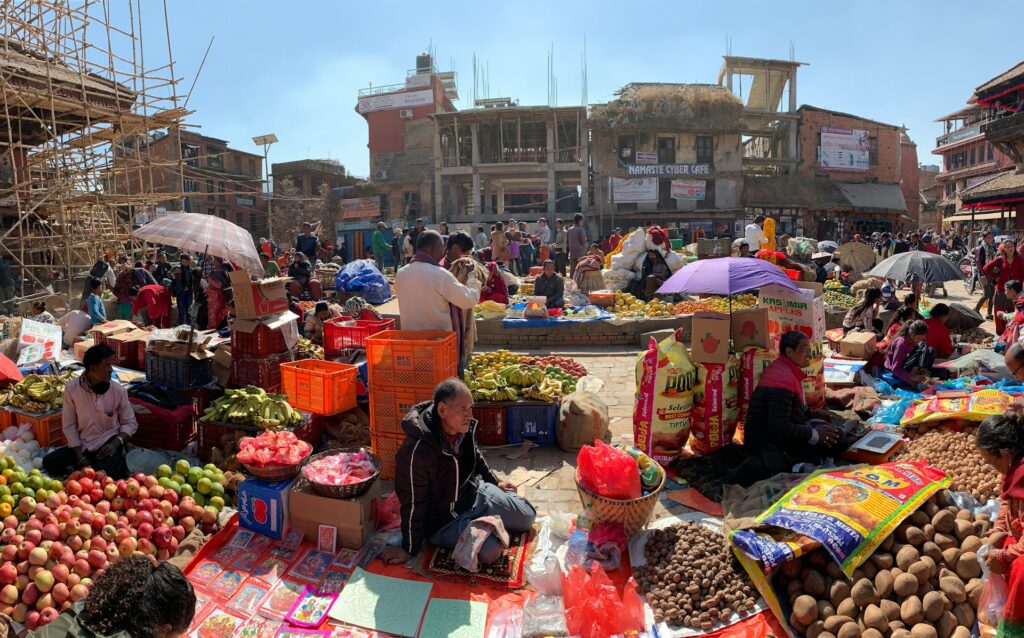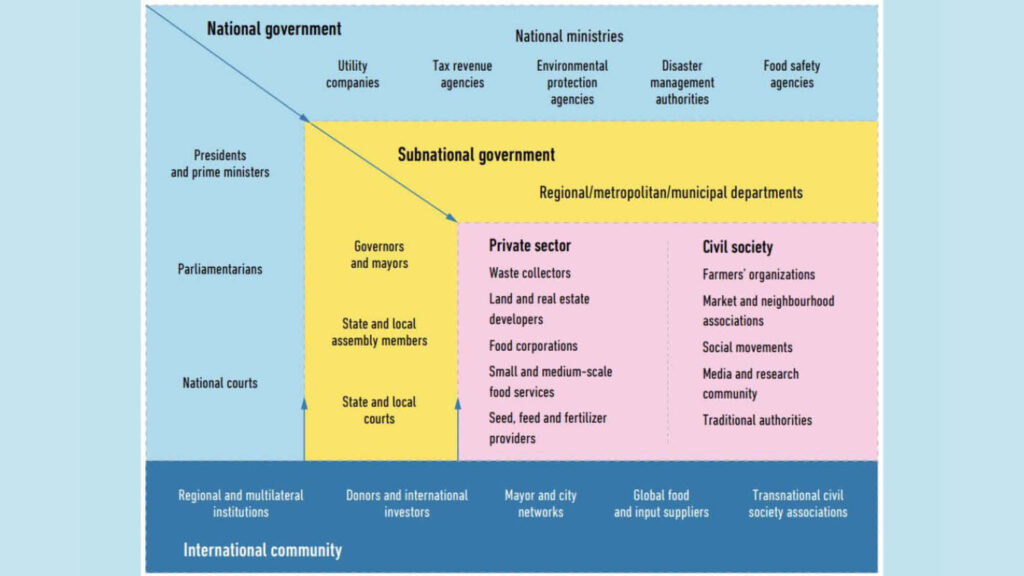In a context where more than 60% of the global population lives in urban areas and where this will exceed 70% by 2050, food insecurity is a growing and urgent issue. More than 75% of people facing moderate to severe food insecurity globally live in urban and peri-urban (U-PU) regions. Given that U-PU regions account for over 70% of global food consumption, it is clear that U-PU food systems significantly influence their countries’ entire food systems.
These are among the many alarming findings from the report “Strengthening urban and peri-urban food systems to achieve food security and nutrition in the context of urbanization and rural transformation” by the High Level Panel of Experts on Food Security and Nutrition (HLPE-FSN) on U-PU and their role in achieving food security and nutrition (FSN).
The report offers guiding principles and practical recommendations for policymakers to enhance sustainable and equitable FSN outcomes in U-PU areas. To achieve this, and considering the intricate nature of U-PU food systems, it is essential to enhance local food systems. This can be done by ensuring diversity and resilience, improving food safety, and implementing inclusive multilevel, multisectoral, and multi-actor governance practices to attain sustainable and equitable FSN outcomes in U-PU areas.
“The decisions we make today on urban and peri-urban food systems and development will shape food security trajectories for future generations” – Akiko Suwa-Eisenmann (Chairperson of the HLPE-FSN).
How can U-PU food systems become more equitable, accessible, sustainable, and resilient?
Challenges and context of urban and peri-urban food systems
There is a significant global trend of rapid urbanisation posing unique challenges for FSN. As such, U-PU areas have substantial impacts on food systems in terms of production, distribution and consumption patterns globally.
Many people are migrating from rural to urban areas, leading to a transformation in both settings. This migration impacts food production and distribution, with rural areas often experiencing labour shortages and urban areas facing increased demand for food.
Furthermore, urban food systems are fragilised through urbanisation which often disrupts traditional food supply chains for the benefit of concentrated market power. This phenomenon creates challenges in transportation, storage, and market access. This can lead to reduced availability and higher costs of nutritious foods.
Urban populations tend to adopt nutrient-poor diets through high consumption of ultra-processed foods, animal-source foods, oils, sugar and salt contributing to rising rates of overweight, obesity and non-communicable diseases. Nevertheless, ultra-processed food intakes are higher in urban areas in low‐ and middle‐income countries than in high‐income countries. Thus, when implementing initiatives, it is important to consider the income classification to tailor interventions.
U-PU food production and handling must contend with environmental issues such as pollution, waste management, and poor sanitation, as it can pose food safety issues due to unhygienically food handling. For example, a study in Ghana demonstrates that nuts and fruits taken raw from street vendors and market places may pose substantial public health threat due to intestinal parasites contamination
Hence, strategic approaches are required to deal with an unsustainable, unjust, nutritionally unbalanced and a lack of resilience of U-PU food systems.
Opportunities and strategic approaches
It is vital to promote U-PU agriculture to increase local food production, reduce food miles, and provide fresh products to urban populations. For example, community-supported agriculture programmes such as community gardens or rooftop gardens are relevant initiatives to ensure inclusivity and local production. Moreover, mainstreaming urban agroecology, with, for example, vertical farms, can contribute to creating sustainable food systems, promoting diverse diets while reducing reliance on distant markets, and ultimately improving the resilience of U-PU food systems.
The enhancement of food markets and supply chains is also paramount in a sustainable food system. Investing in infrastructure, which encompasses better transportation networks, storage facilities, and local markets, is crucial to supporting this idea. A cornerstone of this effort is considering and valorising women, who play a crucial role in food distribution. Additionally, encouraging the growth of local food enterprises can strengthen the local economy and improve food security. Lastly, policies should support small-sized food businesses. In that sense, traditional food markets paired with small businesses strengthen the provision of affordable and diverse food options.

